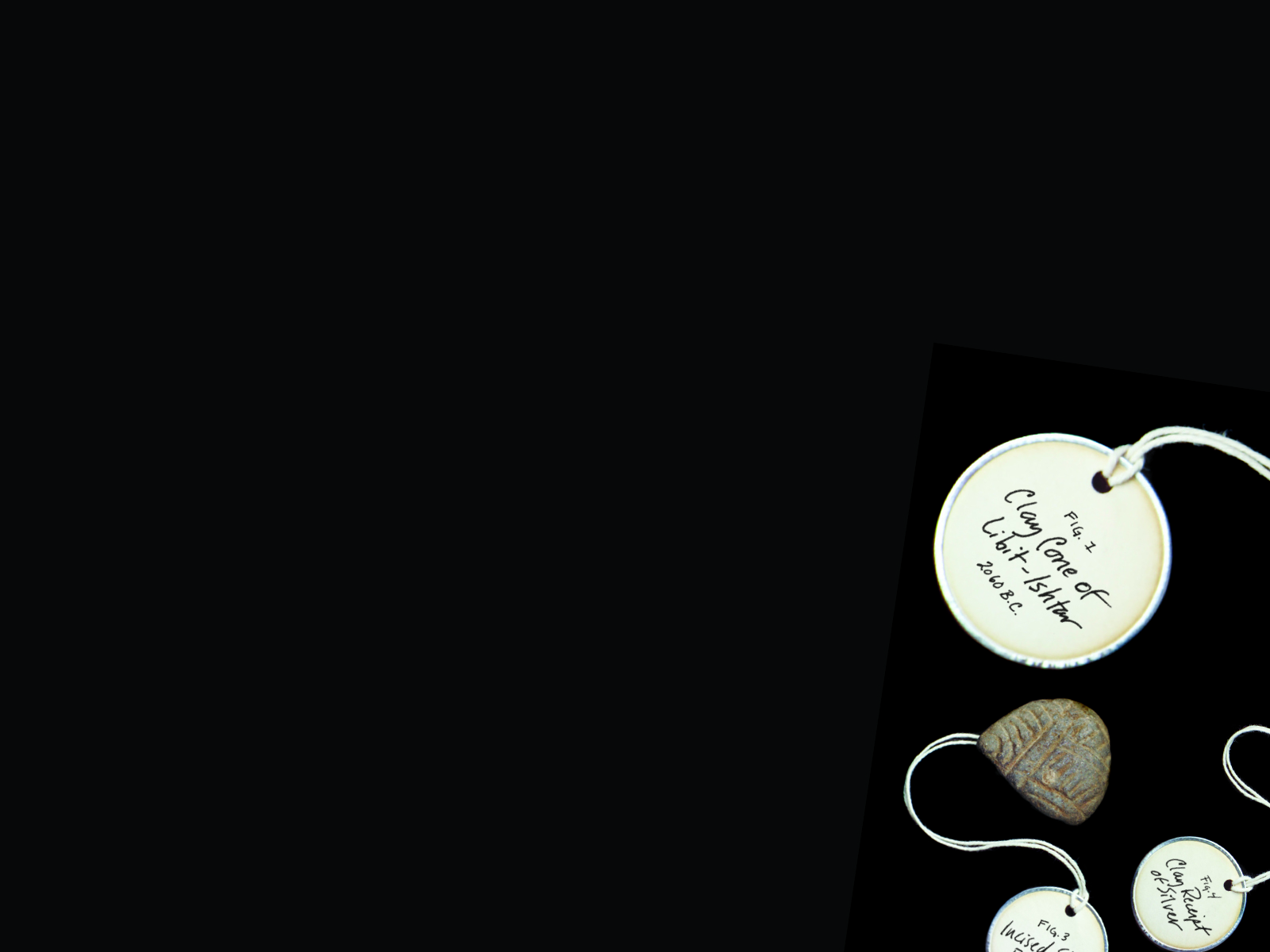 Denison Magazine - Issue 04 | Winter 2007
Denison Magazine - Issue 04 | Winter 2007
issue 04
| winter 2007
Class Notes
In Memoriam
Contact Denison Magazine:
denmag@denison.edu
To contact us or submit a class note, email us above or complete our contact form »
Alumni can update their mailing information »
Mailing:
Denison Magazine, 100 West College St.
Granville, OH 43023





























